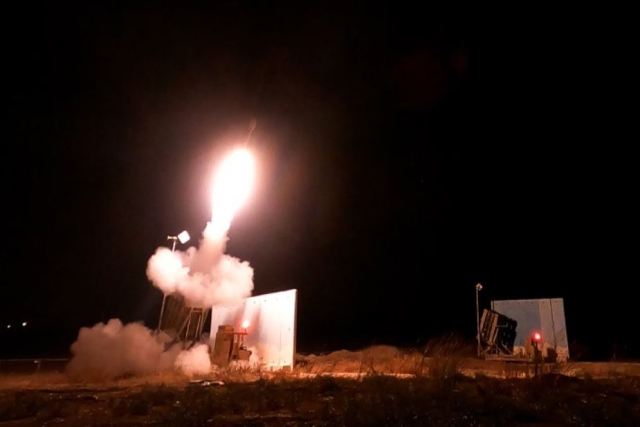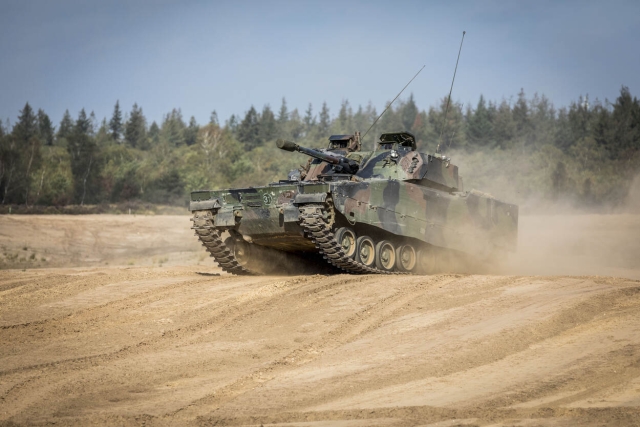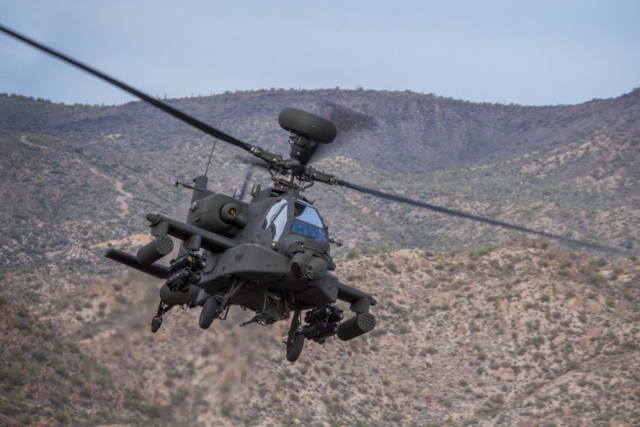US Army plan to upgrade Counter-IED Robots
The U.S. Army is exploring ways to upgrade its fleet of roughly 3,000 small tactical robots in Iraq and Afghanistan designed to safeguard Soldiers by clearing buildings and caves and using sensors to sweep areas for Improvised Explosive Devices, service officials said. New technologies bring the promise of deploying small robots which can search for bombs, map areas and detect hazardous materials -- all with little or no tele-operation or human intervention. "We are moving along that spectrum from tele-operating to semi-autonomy where you can send a robot from point A to point B without any intervention. If it has a problem, it will pop up and indicate it has found an obstacle," said U.S. Marine Corps Lt. Col. David Thompson, project manager with the Robotic Systems Joint Program Office. The Army and Marine Corps are working with industry and academic partners to look at ways to add new software to existing robots -- such as iRobot's PackBot and Qinetic North America's TALON -- enabling them to perform more functions and navigate uncertain terrain without needing their every move to be controlled or tele-operated by a human. "We are looking at ways to make the systems that we already have out there better. We are working with infantry and the (Military Police) to look at how we can enhance the capabilities of our current robots to meet their needs," said Thompson. Some of the newer robotic capabilities, such as automatic self-righting and retro-traversing, enable robots to correct course, change direction or turn right-side up -- by themselves. "We're looking for modularity and interoperability. It will take the burden off the user. I want a robot to go from point A to point B by itself, and tell me when it gets there," Thompson said. "We're going to get better interface with the cameras and the grippers -- and a lot more understanding of where the robot sits in space." A more autonomous robot allows the user to free up energy which would otherwise be focused purely on navigating the robot. This will allow the user to attend to additional concerns, robotic functions or threats. "We want to be able to allow Soldiers to interact with the robots at a high level of supervisory input to the robots. To do that, the robot has to start understanding where it is, start understanding about what is in the way, and how to get around obstacles," said Colin Angle, chairman and chief executive officer, iRobot.









